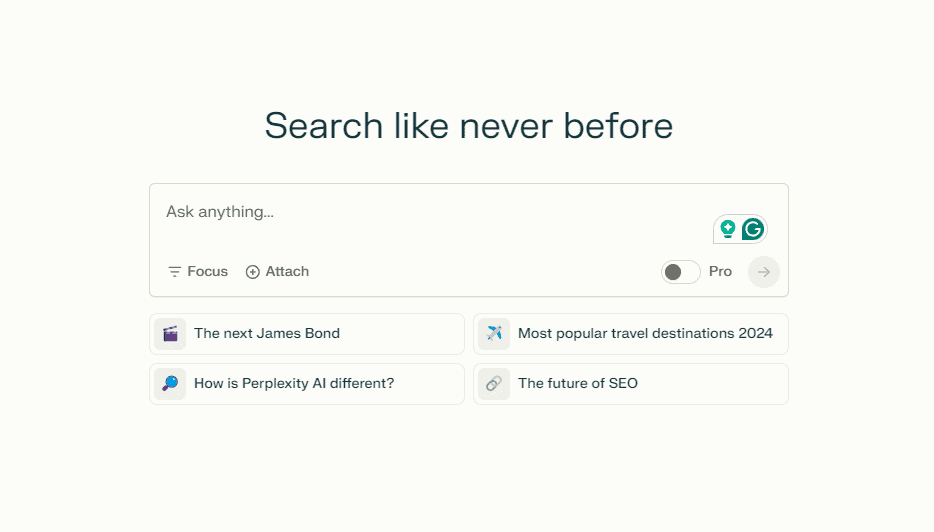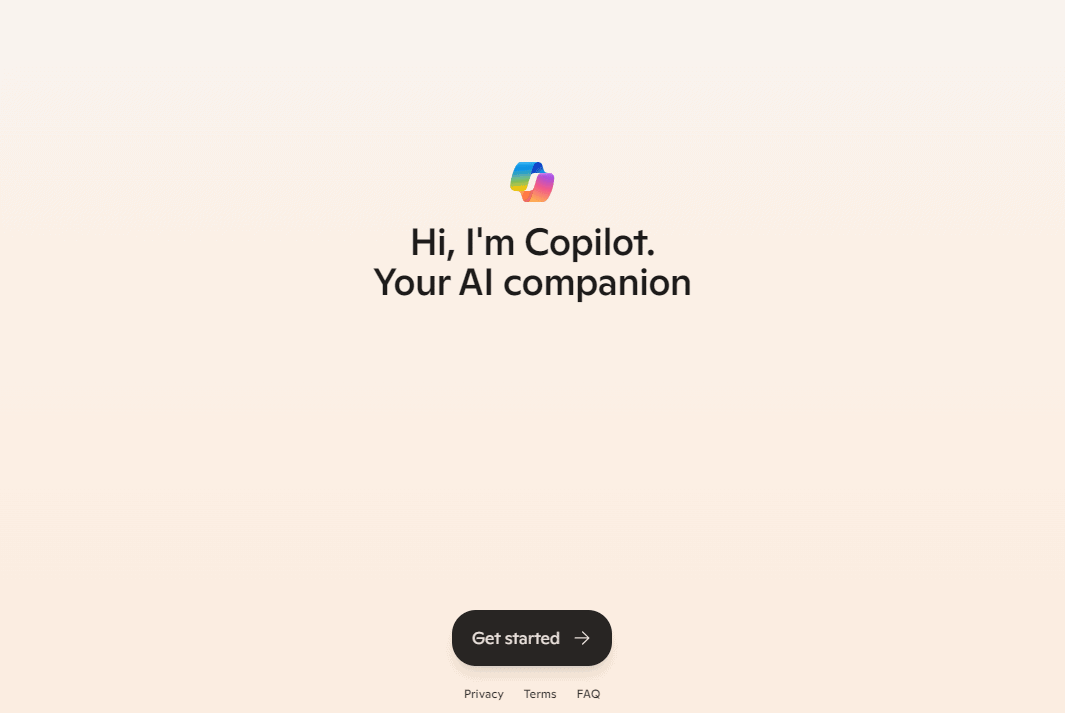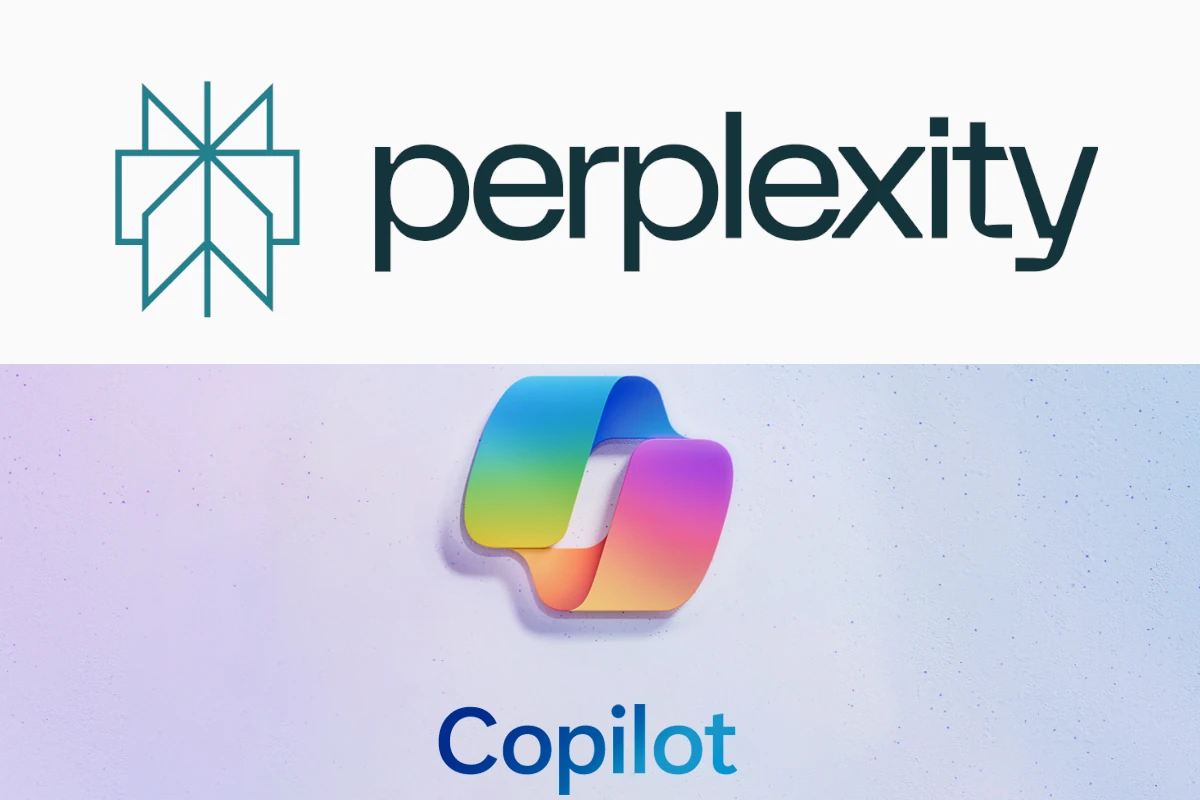AI search tools like Perplexity AI and Microsoft Copilot are changing how we find information online. These tools use advanced language models to give quick, detailed answers to questions. They aim to make searching easier and more helpful than regular search engines.
Perplexity AI and Microsoft Copilot both offer personalized search experiences, but they work in different ways. Perplexity AI uses GPT-4 technology to guide users through their search, giving tailored answers and suggestions. Microsoft Copilot, which used to be called Bing Chat, lets users ask questions in natural language and gives concise answers using GPT-4.
Users can now get more than just links when they search. These AI tools try to understand questions and give direct answers. This can save time and make finding information easier. But it’s important to remember that AI tools can sometimes make mistakes or give biased information.

AI Coding Assistants: Perplexity vs. Copilot
Perplexity AI and Copilot are both powerful AI coding assistants designed to help developers write better code, faster. But which one is right for you? Let’s break down their key features and differences.
What is Perplexity AI?
Perplexity AI is a free, open-source tool that offers a range of features to streamline your coding workflow. It excels at generating code from natural language descriptions, providing helpful suggestions, and even explaining complex code snippets.
What is Copilot?
Copilot, developed by GitHub in collaboration with OpenAI, is a subscription-based AI coding assistant. It’s deeply integrated with popular code editors like Visual Studio Code and offers impressive code completion capabilities, often predicting entire lines or even functions based on your context.
Key Differences
| Feature | Perplexity AI | Copilot |
|---|---|---|
| Pricing | Free | Subscription-based |
| Code Generation | Generates code from natural language descriptions | excels at code completion and suggestion |
| Integration | Available as a web-based tool and API | Integrated with popular code editors like VS Code |
| Open Source | Yes | No |
| Context Window | Limited | Larger, allowing for more context-aware suggestions |

Code Generation
Both tools can generate code, but they approach it differently. Perplexity AI shines when you need to generate code from a natural language description. For example, you could ask it to “write a Python function to sort a list of numbers,” and it will generate the code for you. Copilot, on the other hand, focuses on providing real-time code completions and suggestions as you type. It learns from your coding style and the context of your project to offer highly relevant suggestions.
Integration and Accessibility
Perplexity AI is primarily a web-based tool with an API, making it accessible from any device with an internet connection. Copilot is designed to be tightly integrated with your code editor, providing a more seamless coding experience within your familiar environment.
Open Source vs. Closed Source
Perplexity AI is open source, meaning its code is publicly available for anyone to view, modify, and contribute to. This promotes transparency and allows the community to actively participate in its development. Copilot, being a closed-source project, keeps its codebase private.
Context Window
The context window refers to the amount of code the AI can consider when making suggestions. Copilot generally has a larger context window, allowing it to understand your codebase better and offer more accurate predictions. Perplexity AI’s context window is more limited, which can sometimes affect the relevance of its suggestions.
Which is Right for You?
The best choice depends on your needs and preferences:
- Choose Perplexity AI if: You need a free tool, prefer generating code from natural language, or value open-source software.
- Choose Copilot if: You want a deeply integrated coding assistant, prioritize highly accurate code completion, and are willing to pay a subscription fee.
Key Takeaways
- AI search tools offer personalized, guided experiences for finding information
- These tools aim to give direct answers instead of just links to websites
- Users should be aware that AI-generated answers may contain errors or biases
Overview of Perplexity AI and Copilot
Perplexity AI and Microsoft Copilot are two leading AI-powered search tools. They use advanced language models to provide users with quick, accurate answers to queries.
Defining Perplexity AI and Microsoft Copilot
Perplexity AI is an AI-powered search engine that gives users detailed answers to questions. It uses natural language processing to understand queries and provide relevant information. Perplexity AI can search the web in real-time, giving up-to-date results on current events and topics.
Microsoft Copilot, formerly known as Bing Chat, is an AI chatbot integrated into Microsoft’s search engine. It uses GPT-4 technology from OpenAI to generate human-like responses. Copilot can answer questions, help with tasks, and provide summaries of complex topics.
Both tools aim to make online searches more efficient and user-friendly.
Historical Development and Evolution
Perplexity AI launched in 2022 as a new type of search engine. It quickly gained popularity for its ability to provide detailed, sourced answers to user queries. The platform has grown to include features like voice search and image recognition.
Microsoft Copilot started as Bing Chat in early 2023. It was part of Microsoft’s effort to compete with ChatGPT and other AI chatbots. In September 2023, Microsoft rebranded Bing Chat as Copilot, expanding its features and integrating it into more Microsoft products.
Both tools have improved their accuracy and capabilities over time. They now offer more personalized results and can handle more complex queries than when they first launched.
Technical Aspects and Performance
Perplexity AI and Copilot have different strengths in accuracy, search capabilities, and language understanding. These factors shape how well they perform for users.
Accuracy and Reliability
Perplexity AI aims to give correct answers by using recent web data. It cites sources, which helps users check facts. But like other AI tools, it can sometimes make mistakes.
Copilot uses GPT-4, a powerful AI model. This helps it understand questions well. But it may give wrong info at times, especially for new events.
Both tools try to avoid false claims. They use different methods to spot and fix errors. Users should still double-check important facts.
Search Experience and Capabilities
Perplexity AI focuses on fast, clear answers. It shows search results and its own summary. This helps users find info quickly.
Copilot offers a chat-like experience. It can handle follow-up questions well. This makes complex searches easier.
Both tools can search the web in real-time. This means they can find new info that regular search engines might miss.
Conversational Capabilities and Natural Language Understanding
Copilot shines in natural chats. It remembers context from earlier messages. This helps it give relevant answers to follow-up questions.
Perplexity AI is also good at understanding questions. It may ask for more details to give better answers.
Both tools can handle different types of queries. They work well for both simple and complex questions. But they may struggle with very technical or specific topics.
User Experience and Accessibility
Perplexity AI and Copilot offer unique features that shape how users interact with and access their services. These AI tools aim to make information retrieval and task completion easier for different types of users.
Platform Integration and Device Compatibility
Copilot works well with Microsoft products. It’s built into the Edge browser, making it easy for Windows users to access. Perplexity AI is more flexible. It works on various devices and browsers. This makes it a good choice for people who use different systems.
Perplexity AI has apps for iOS and Android. These apps let users search and get answers on their phones. Copilot is mainly used on computers through Edge. This can limit its use for people who prefer mobile devices.
Both tools work for students and researchers. They can help find information quickly. But the way they fit into different work setups can affect which one people choose.
User Interface and Interaction
Perplexity AI has a clean, simple interface. Users type questions and get answers fast. It shows where information comes from, which helps users trust the results. The tool is good for quick searches and fact-checking.
Copilot offers a chat-like experience in Edge. Users can have longer talks with the AI. This works well for complex tasks or when users need to ask follow-up questions. The chat format feels more like talking to a helper.
Both tools try to understand what users mean. They can often give useful answers even if questions aren’t perfect. This makes them helpful for people who aren’t sure how to word their searches.
Speed is important for both. They aim to give quick answers. But sometimes, Copilot might take longer if it’s doing a more detailed search or task.







